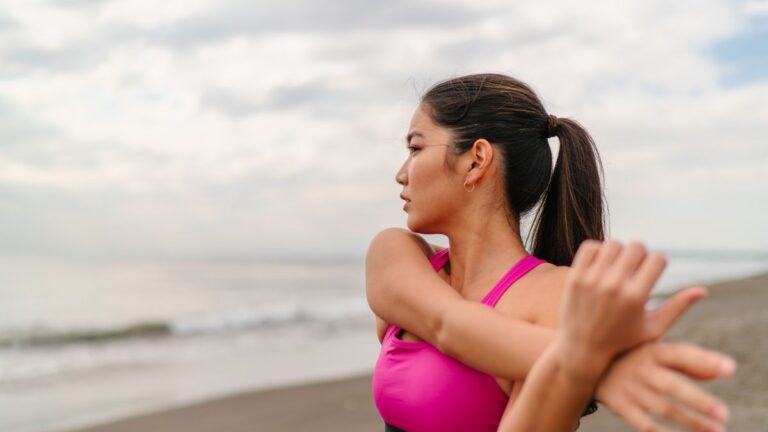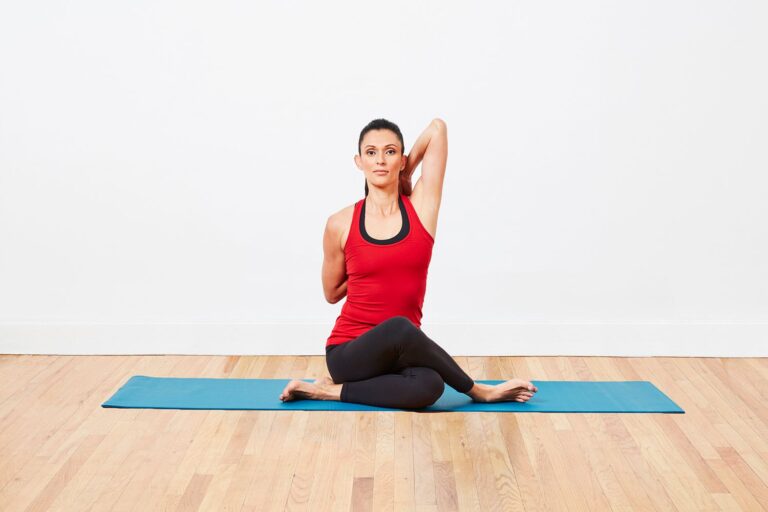Your shoulders are involved in almost all of your movements. Despite being a complex and important joint in your body, it is easily damaged by repeated motion and sports injuries, particularly known as the shoulder labrum.
WHAT IS THE SHOULDER LABRUM AND WHERE IS IT?
The shoulder’s ball-and-socket joint is lined and strengthened by the labrum, a cup-shaped ring of soft cartilage. The glenoid, or shoulder socket, of the shoulder joint, is lined with a form of elastic cartilage called the shoulder labrum. The labrum aids in stabilizing your shoulder joint. You can experience shoulder pain or instability if the labrum tears.
The labrum serves as the point where the shoulder ligaments attach and support the rotator cuff tendons and muscles in addition to the ball-and-socket joint. It aids in shoulder stability and permits the humerus bone, or ball, to move without restriction or discomfort. Its tearing may cause a partial or total shoulder dislocation.

SHOULDER LABRAL TEARS AND THEIR TYPES
A shoulder labral tear can happen in a number of places near the glenoid :
- Bankart tear:- The front or lower portion of the glenoid will develop a bankart tear or lesion. A rip in the posterior labrum is located near the back of the shoulder joint.
- Slap tear:- Athletes that move quickly with the arm lifted over the shoulder, such as pitchers in baseball and tennis players, are susceptible to this injury. The biceps tendon attaches to the shoulder, at the top of the glenoid, and a superior labrum anterior to posterior (SLAP) tear develops that runs from the front to the rear.
If you encounter any of the following signs to determine if you have damaged your shoulder labrum :
- Reduction in motion
- Loss of power
- The shoulder joint popping, catching, locking, or grinding
- Shoulder trembling
- Shoulders hurt
DIAGNOSIS OF SHOULDER LABRAL TEARS
Treatments will be suggested based on the location and severity of the rip. An orthopedic specialist will examine your shoulder, carry out multiple physical tests to gauge your range of motion, and talk about any prior injuries. To ensure an appropriate diagnosis, additional imaging tests, such as :
- An MRI or CT scan
- Muscle-specific ultrasound
In order to assess the degree of your labral tear, musculoskeletal radiologists thoroughly evaluate your imaging. Then they will develop a personalized treatment strategy for you.

TREATMENT OF SHOULDER LABRAL TEARS
Increased range of motion, pain relief, and the reduction of any edema are the main objectives here.
1 . Prescription drugs and physical therapy
Physical therapy and over-the-counter drugs will be used, but if these pain relievers are ineffective.
Injected steroids: A cortisone injection reduces inflammation in the area around the affected body part.
Physical therapy includes exercise, stretching, hot and cold therapy, and massage.
2 . Surgery
Surgery may be required to heal the torn labrum in the shoulder if other medical interventions, such as physical therapy, medicines, and injections, are unsuccessful.
3 . PRP and stem cell therapy
In order to produce healing factors, PRP employs concentrated plasma that is injected into the location of the damage. Like this, stem cell therapy involves injecting processed stem cells at the damaged site to speed up healing.
Speak with our orthopedic team to assess what your particular shoulder rehabilitation plan will look like. Find out what is best for you by discussing the advantages and disadvantages of each treatment option with Specialty Care Clinics at (469) 545-9983.
